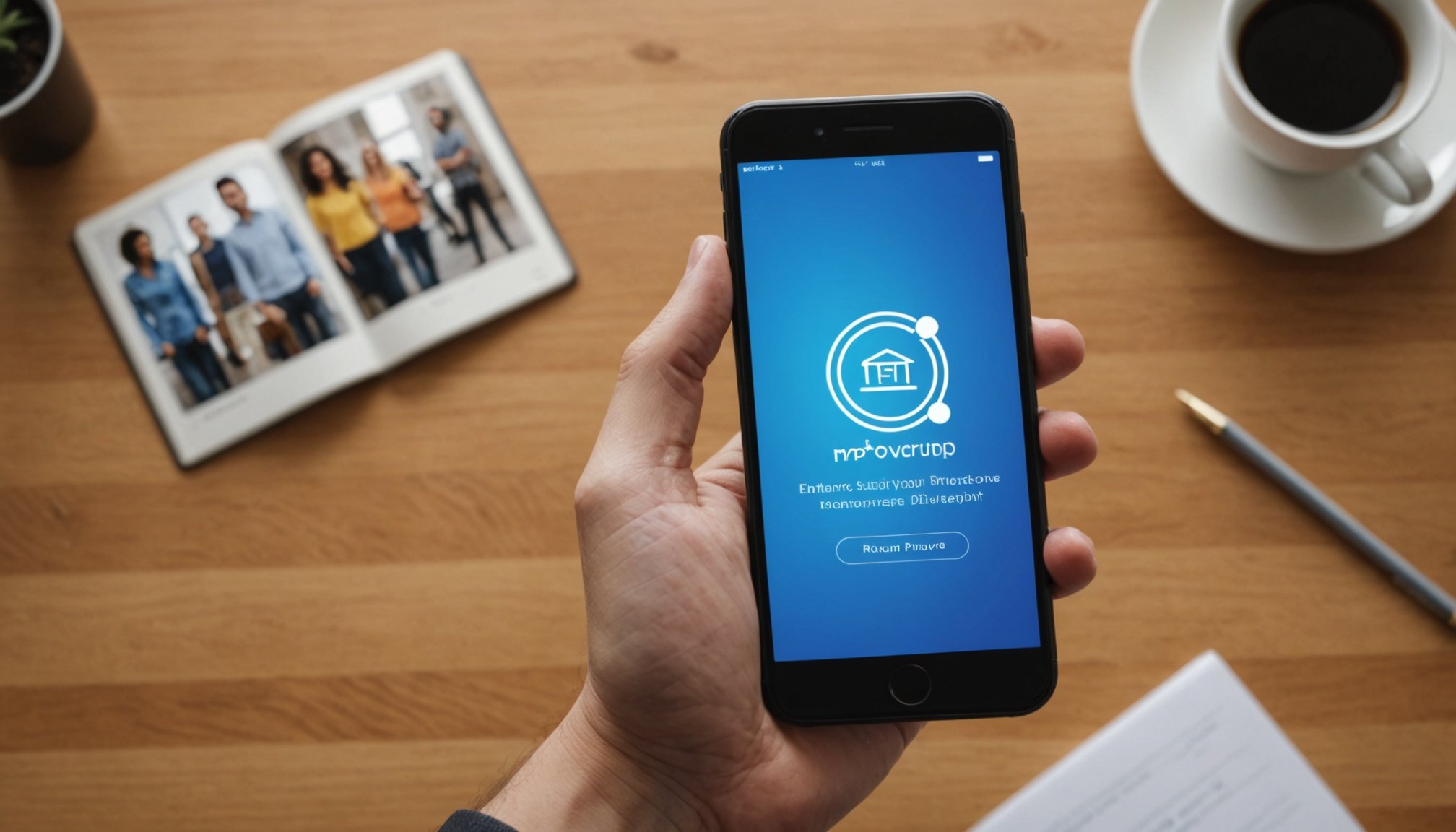Launching a startup requires more than just a great idea; it demands a strong foundation in the form of a Minimum Viable Product (MVP). Expert MVP development services can help accelerate your journey by transforming concepts into viable, market-ready solutions. With a focus on core functionalities and user feedback, these services minimize risks and costs, enabling startups to swiftly adapt and evolve. Discover the strategic advantages that can set your venture on the path to success.
Overview of MVP Development Services for Startups
Building a Minimum Viable Product (MVP) is essential for startups aiming to validate their ideas in the marketplace effectively. Emphasizing the necessity to focus on core features, MVP development enables startups to test critical assumptions and gather user feedback without excessive upfront investment. At the heart of this process is the concentration on essential functionalities, allowing for quick market entry and minimized financial risks.
Additional reading : Designing a Robust Cybersecurity Strategy for Biotechnology Firms in Manchester
MVP development services for startups from Realistack exemplify this approach by employing a low-code/no-code framework to expedite the development process while reducing costs. By anchoring two key principles—agility and scalability—these services ensure that startups can adapt rapidly to user feedback, essential for refining the product before a full-scale launch. An equity-based model also offers a cost-effective solution, aligning Realistack’s success with that of the startups they assist.
The MVP development process is typically divided into defined phases: requirement gathering, design, development, and rigorous testing. This structured pathway ensures startups stay aligned with market needs, engage potential investors, and lay a robust foundation for future growth. By collaborating with experienced partners, startups can efficiently transition from concept to product, fortifying their market position.
Also to discover : Unlock the advantages of honeycomb cardboard packaging solutions
Selecting an MVP Development Partner
Criteria for Choosing a Development Partner
When finding the right development partner for bespoke MVP development, several criteria are paramount. Look for a team with a proven track record in startup product validation and experience in your industry. Expertise with the necessary technology stack for MVP, such as Java Spring or AWS Lambda, is vital. Assess their capacity for agile MVP development and ability to offer cost-effective MVP solutions.
Importance of Alignment Between Startup Goals and Partner Expertise
Aligning startup goals with partner expertise ensures seamless MVP project management. A partner familiar with your market can anticipate challenges and leverage customer feedback effectively. Their understanding of best practices for MVP launch and essential features enhances product scalability.
Common Mistakes to Avoid When Selecting a Development Partner
Avoid rushing into partnerships without adequate research. Mistakes in MVP development include neglecting to evaluate success metrics and overemphasizing cost over quality. Ensure the partner is flexible to iterate based on user feedback for MVP improvement. Also, avoid ignoring the importance of a partner proficient in integrating analytics into MVP for informed decision-making.
MVP Development Strategies and Methodologies
Understanding Agile Methodologies and Their Application
Agile MVP development is pivotal for startups aiming to swiftly address market needs. It embraces flexibility, allowing teams to rapidly iterate over the MVP development process. By breaking down larger projects into smaller, manageable tasks, agile workflows enable more effective startup lean methodologies. Implementing such approaches not only hastens product releases but also allows startups to adapt incrementally based on market feedback.
Incorporating User Feedback for Iterative Improvements
Gathering and integrating user feedback for MVP improvement is fundamental in refining products. Through an iterative development process, startups can pivot swiftly, enhancing both user satisfaction and product-market alignment. Feedback loops should be continuous, utilizing MVP testing and evaluation phases to pinpoint necessary adjustments. Startups leveraging early adopters’ insights are better positioned for iterative success.
Essential Design Principles for a Successful MVP
When building a minimum viable product, understanding user experience considerations in MVP remains crucial. Minimalist design principles help emphasize core features, aiding in the startup product validation process. Such principles focus on delivering value without overwhelming users, ensuring the product addresses primary user needs effectively. Clear interfaces coupled with robust user testing foster better engagement and smoother user journeys, setting the foundation for successful MVP launches.
Employing a structured approach to MVP design strategy not only streamlines development but also cultivates a foundation for future scalability and enhancements, pivotal for startup growth.
Cost Implications and Budgeting for MVP Development
Typical Cost Ranges for MVP Development
Cost-effective MVP solutions are essential for startups looking to bring their product to market. Development costs can vary significantly, with basic MVPs typically ranging from $10,000 to $50,000. However, costs can increase with complexity and additional features. It’s crucial to focus on essential features for MVP that validate the core idea. Startups often adopt MVP funding strategies such as seeking investor support or exploring pilot projects to manage financial constraints effectively.
Strategies for Budgeting Effectively
Budgeting for MVP projects requires a clear understanding of priorities and constraints. One approach is using a lean methodology, focusing on minimal features that solve the primary user problem. This keeps costs down while allowing for agile MVP development and rapid testing with users. Another recommended strategy is adjusting timelines and scaling features iteratively based on user feedback, ensuring project management aligns with financial goals.
Funding Options Available for MVP Projects
Securing funding is a major challenge when building an MVP. Exploring startup funding for MVP, such as angel investors or venture capital, can provide the necessary resources. Crowdsourcing and grants are alternative paths to consider. Additionally, some development agencies offer equity-based models, reducing upfront expenses and aligning interests by tying success to startup achievements.
Real-World Applications and Case Studies
Highlighting Successful MVP Implementations in Various Industries
In the intricate journey of MVP development for startups, real-world examples provide invaluable insights. For instance, educational platforms have used building a minimum viable product to test core functionalities, leading to rapid app growth and better user engagement. Similarly, in the healthcare sector, MVP strategies have been utilized to create innovative solutions that align with user needs, showcasing how tailored MVP processes meet diverse industry demands efficiently.
Lessons Learned from Case Studies with Notable Startups
Analyzing success stories of MVPs, startups can avoid common MVP development mistakes by learning from those who’ve triumphed. Key lessons include the importance of an agile, iterative development process, a focus on essential features for MVP, and prioritizing user feedback for constant improvement. These insights highlight the necessity of clear goals and startup lean methodology for effective MVP execution.
Importance of Market Research in Guiding MVP Development Decisions
Thorough market research for MVP plays a critical role in guiding decisions. It helps in startup product validation by identifying user pain points and ensuring alignment with market needs. This preliminary understanding forms the backbone of the MVP strategy, preventing missteps and ensuring a cost-effective MVP solution that resonates with early adopters and stakeholders alike.
Future Considerations in MVP Development
Strategies for Scaling Your MVP as It Gains Traction
Scaling an MVP into a full product requires strategic planning and execution. It’s essential to leverage user feedback and market analysis to refine core features and accommodate broader user needs. Embracing agile MVP development helps tailor iterations, ensuring flexibility in responses to user requirements. Startups should develop a roadmap for post-MVP development, prioritizing features that drive value and enhance user engagement.
Developing a Roadmap for Features Post-MVP Launch
An effective MVP design strategy involves clearly defining which features are essential to solving initial user problems while considering potential for expansion. Establish key metrics to evaluate MVP success and track iterations through a well-structured MVP development process. This roadmap should outline phases for testing and scaling, aligning with long-term strategic goals. The iterative development process facilitates continuous enhancement and optimization, vital in maintaining competitive edge.
Continuous User Engagement and Feedback Collection for Improvements
Involving users in MVP testing and evaluation is crucial. Regularly gather feedback to understand users’ evolving needs and integrate this into the product development cycle. Utilizing startups’ lean methodology, focus on developing solutions that resonate with users. This ongoing dialogue, bolstered by engaging partnerships with experienced development teams, ensures the MVP progresses in alignment with market demands and user expectations.











